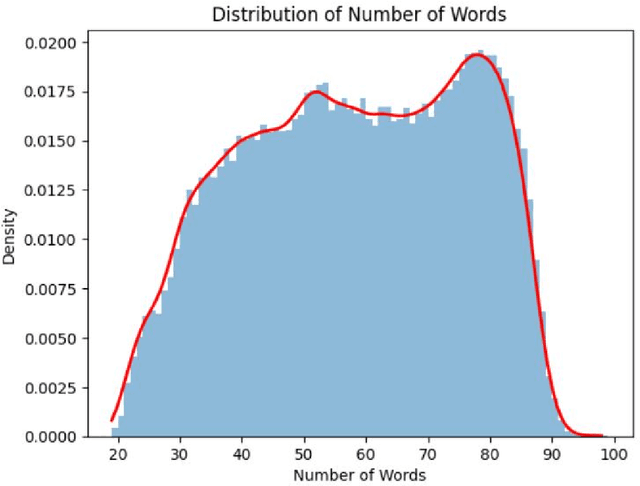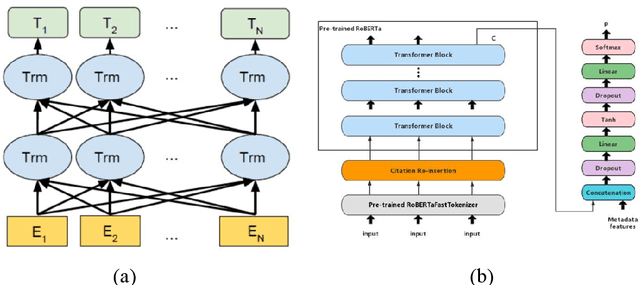Jiaxi Cheng
Implementing BERT and fine-tuned RobertA to detect AI generated news by ChatGPT
Jun 09, 2023



Abstract:The abundance of information on social media has increased the necessity of accurate real-time rumour detection. Manual techniques of identifying and verifying fake news generated by AI tools are impracticable and time-consuming given the enormous volume of information generated every day. This has sparked an increase in interest in creating automated systems to find fake news on the Internet. The studies in this research demonstrate that the BERT and RobertA models with fine-tuning had the best success in detecting AI generated news. With a score of 98%, tweaked RobertA in particular showed excellent precision. In conclusion, this study has shown that neural networks can be used to identify bogus news AI generation news created by ChatGPT. The RobertA and BERT models' excellent performance indicates that these models can play a critical role in the fight against misinformation.
Learning Nonlinear Waves in Plasmon-induced Transparency
Aug 10, 2021



Abstract:Plasmon-induced transparency (PIT) displays complex nonlinear dynamics that find critical phenomena in areas such as nonlinear waves. However, such a nonlinear solution depends sensitively on the selection of parameters and different potentials in the Schr\"odinger equation. Despite this complexity, the machine learning community has developed remarkable efficiencies in predicting complicated datasets by regression. Here, we consider a recurrent neural network (RNN) approach to predict the complex propagation of nonlinear solitons in plasmon-induced transparency metamaterial systems with applied potentials bypassing the need for analytical and numerical approaches of a guiding model. We demonstrate the success of this scheme on the prediction of the propagation of the nonlinear solitons solely from a given initial condition and potential. We prove the prominent agreement of results in simulation and prediction by long short-term memory (LSTM) artificial neural networks. The framework presented in this work opens up a new perspective for the application of RNN in quantum systems and nonlinear waves using Schr\"odinger-type equations, for example, the nonlinear dynamics in cold-atom systems and nonlinear fiber optics.
 Add to Chrome
Add to Chrome Add to Firefox
Add to Firefox Add to Edge
Add to Edge